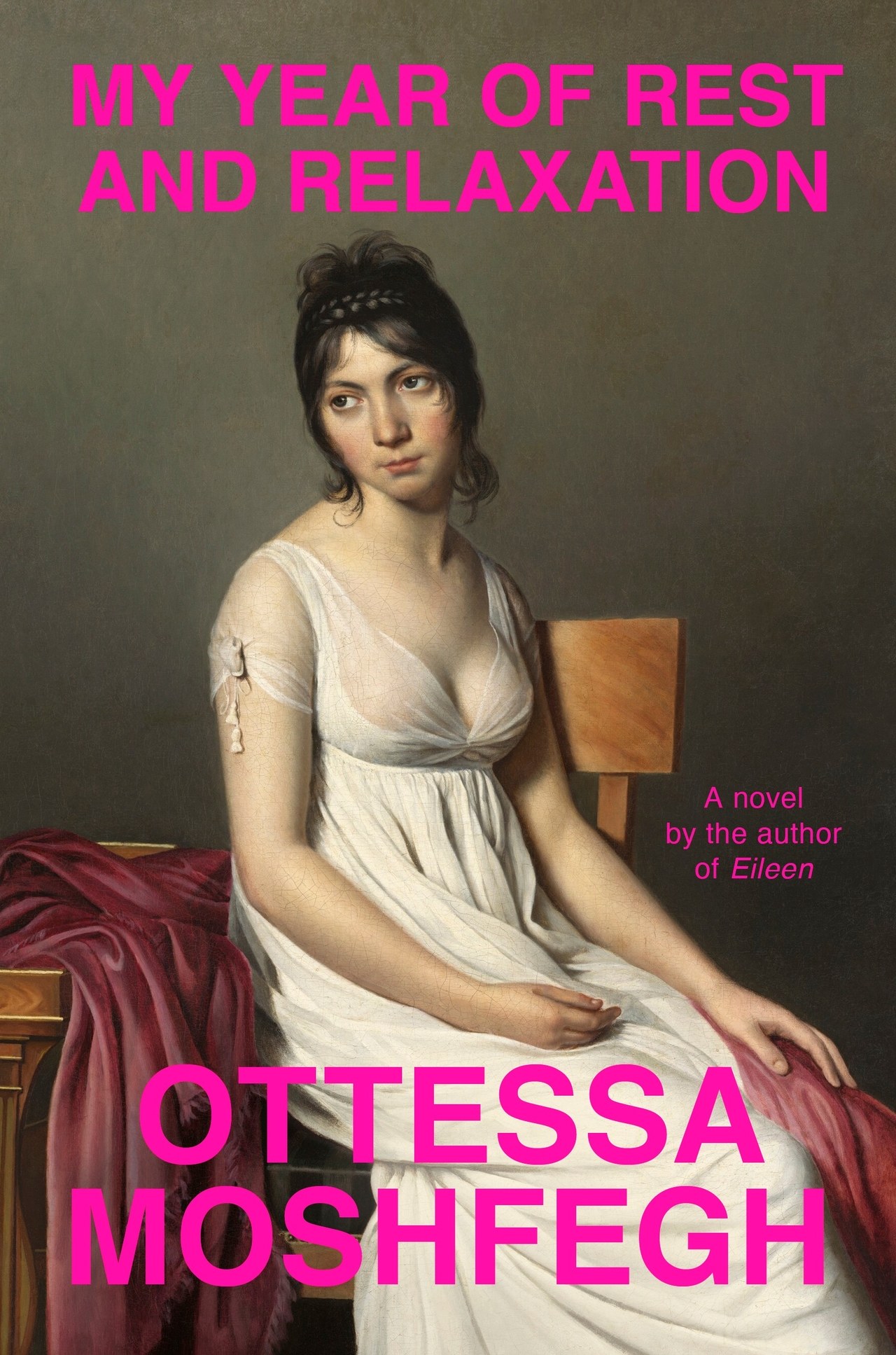
Published: 2018
Publisher: Vintage
Pages: 289
I finally picked up My Year of Rest and Relaxation after seeing it in the front display of every bookshop I walked into for a year straight. I figured that the almost universal endorsement meant that it must be a worthwhile read, and picked it up just before lockdown. I learned the hard way that while this book is excellent, it may may be the best book to read in quarantine.
MYoRaR follows a newly graduated heiress living alone in New York City in the year 2000. Although it seems that she has a life that any young woman would envy, she decides to go to sleep for a year. With the help of her questionable psychiatrist, she hatches a plan to hibernate in her Manhattan apartment, only waking up to eat, wash and watch drugstore vhs tapes.
So for obvious reasons this was a weird book to read during the COVID-19 lockdown, during which time started to lose all meaning and I never left my house. But despite the weird vibes, the book really held my attention. It’s darkly funny, so dark in fact there are a lot of people in my life I would not recommend this to as it verges on inaccessibly dark. None of the characters are likeable, especially the main character, but unlikable female leads are really in at the moment. Everyone in the book is a little unhinged, ranging from Trevor, the protagonists on-off boyfriend, and his common-garden assholery, to the therapist’s coo-coo conspiracy theories. Reva, the protagonist's best friend is almost relatably mad, her lack of self esteem leads to a lot of darkly funny conversations and a weird codependent relationship with the protagonist.
Body image and the effect it can have on women is an important theme of the book. It’s Reva’s main pain point. She struggles with bulimia and, she constantly compares herself to her waifish, heroin-chic best friend and feels that she can’t measure up. The protagonist knows that she is beautiful, and understands how it affects her life. While she doesn’t suffer from the same body image issues as Reva does, being beautiful doesn’t seem to make her any happier. In fact despite being beautiful she is totally miserable, providing a perfect example to Reva that being thin won’t make her happy. Of course Reva doesn’t recognise this at all.
The protagonist is not only beautiful but comes from a very wealthy background. She can afford to buy an apartment in Manhattan and has enough left over to hibernate for a year in total comfort. She has an interesting attitude to her privilege. She’s totally aware of it, she intends to take full advantage of it, and refuses to feel guilty for it. She tells Ping Xi, an artist friend, that she “was born into privilege” and won’t squander it as she’s “not a moron”.
Pi Xing and his art is one of my favourite parts of the book. He’s a bizarre modern artist and the descriptions of his art sound like mad libs. I don’t know if Moshfegh is familiar with the world of modern art or if she created Pi Xing’s art by pulling random nouns out of a hat. However she came up with them, I thoroughly enjoyed them.

